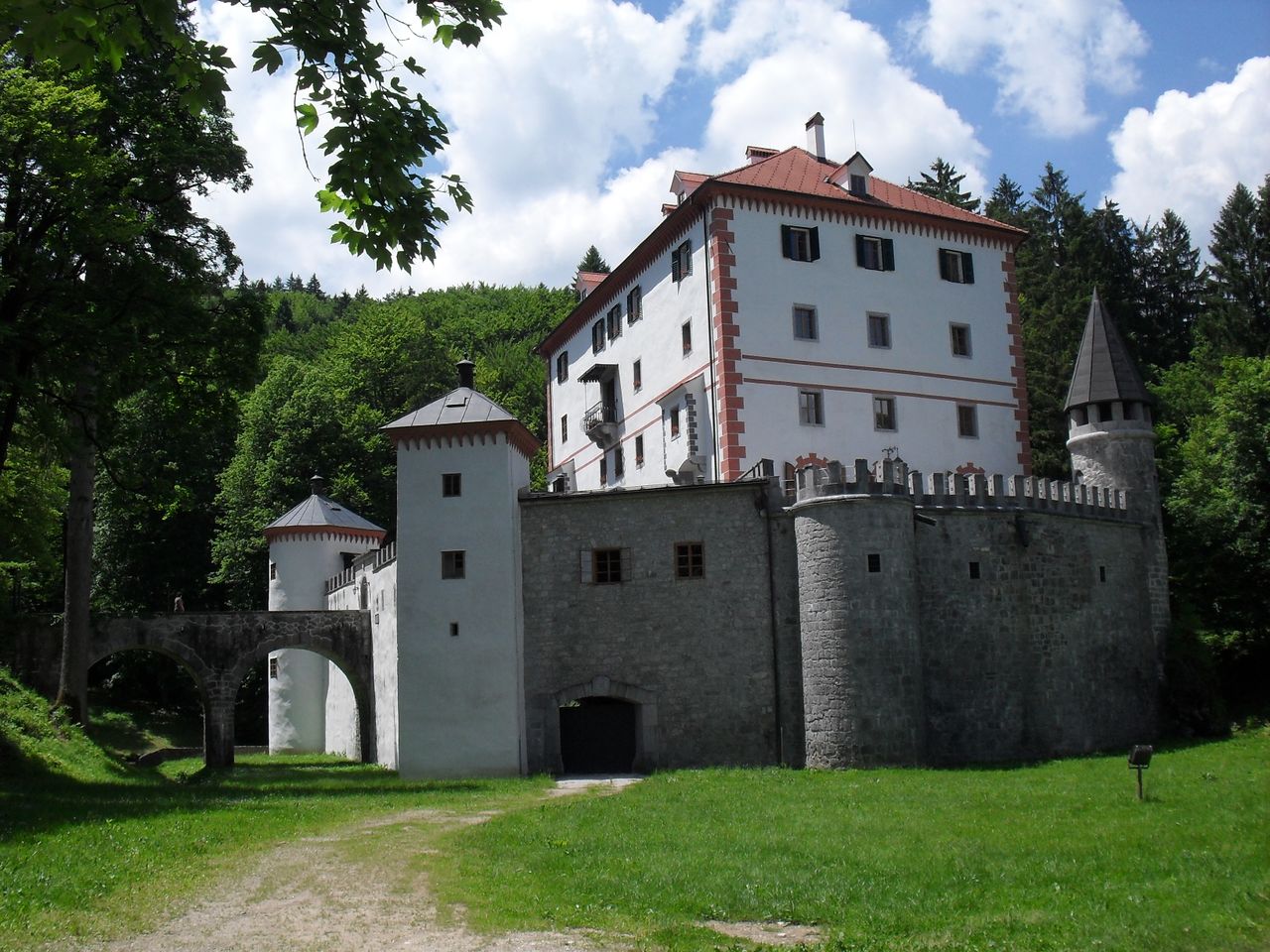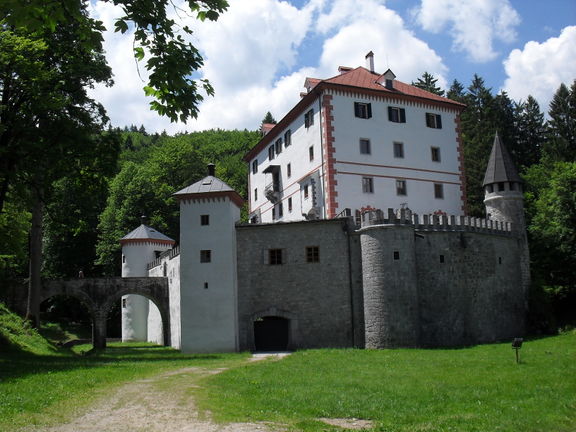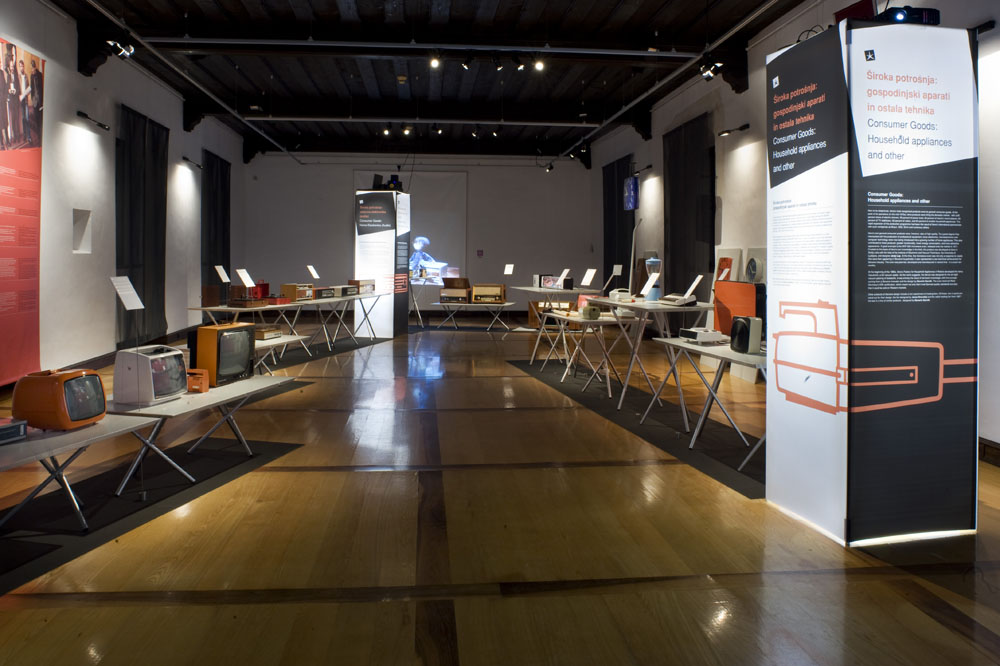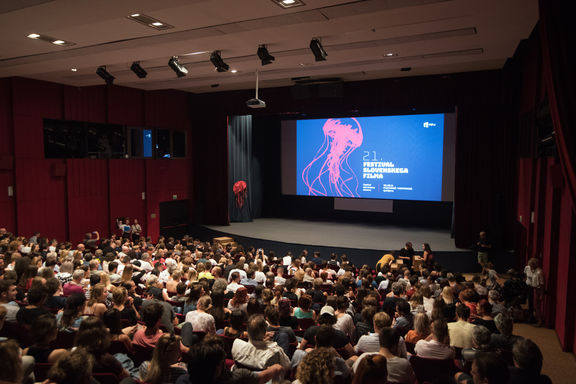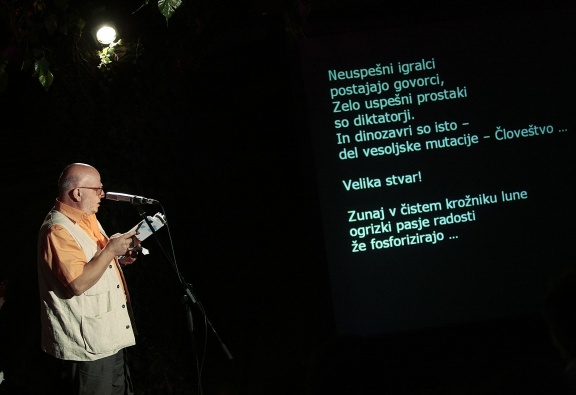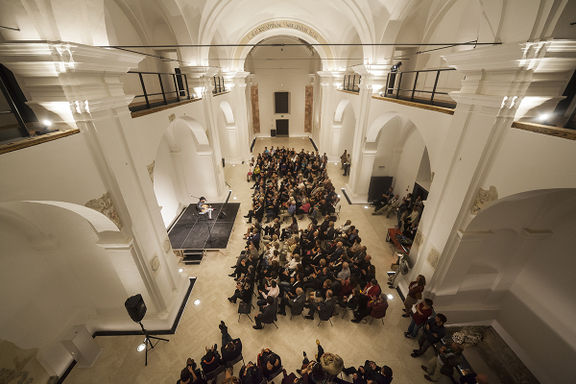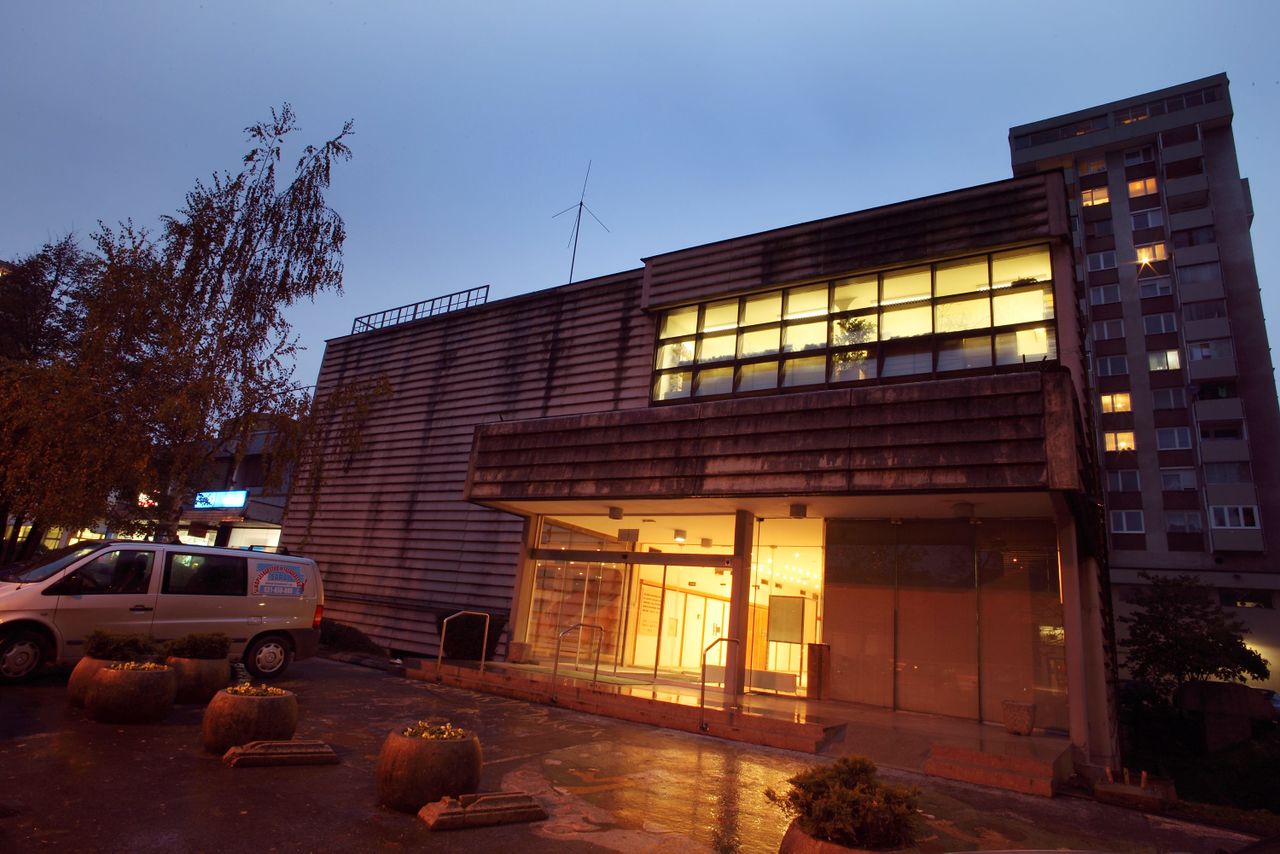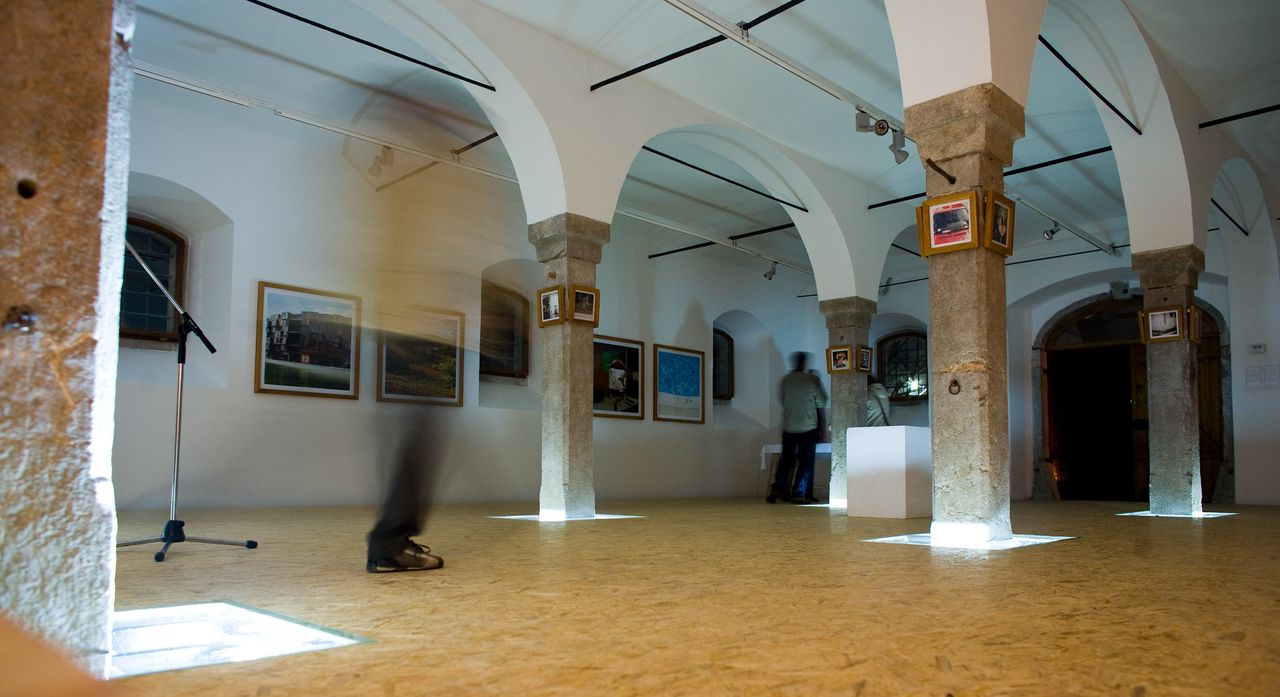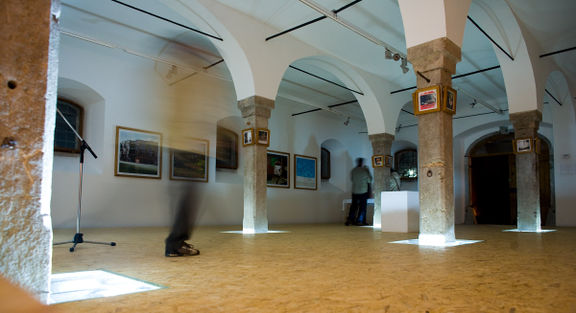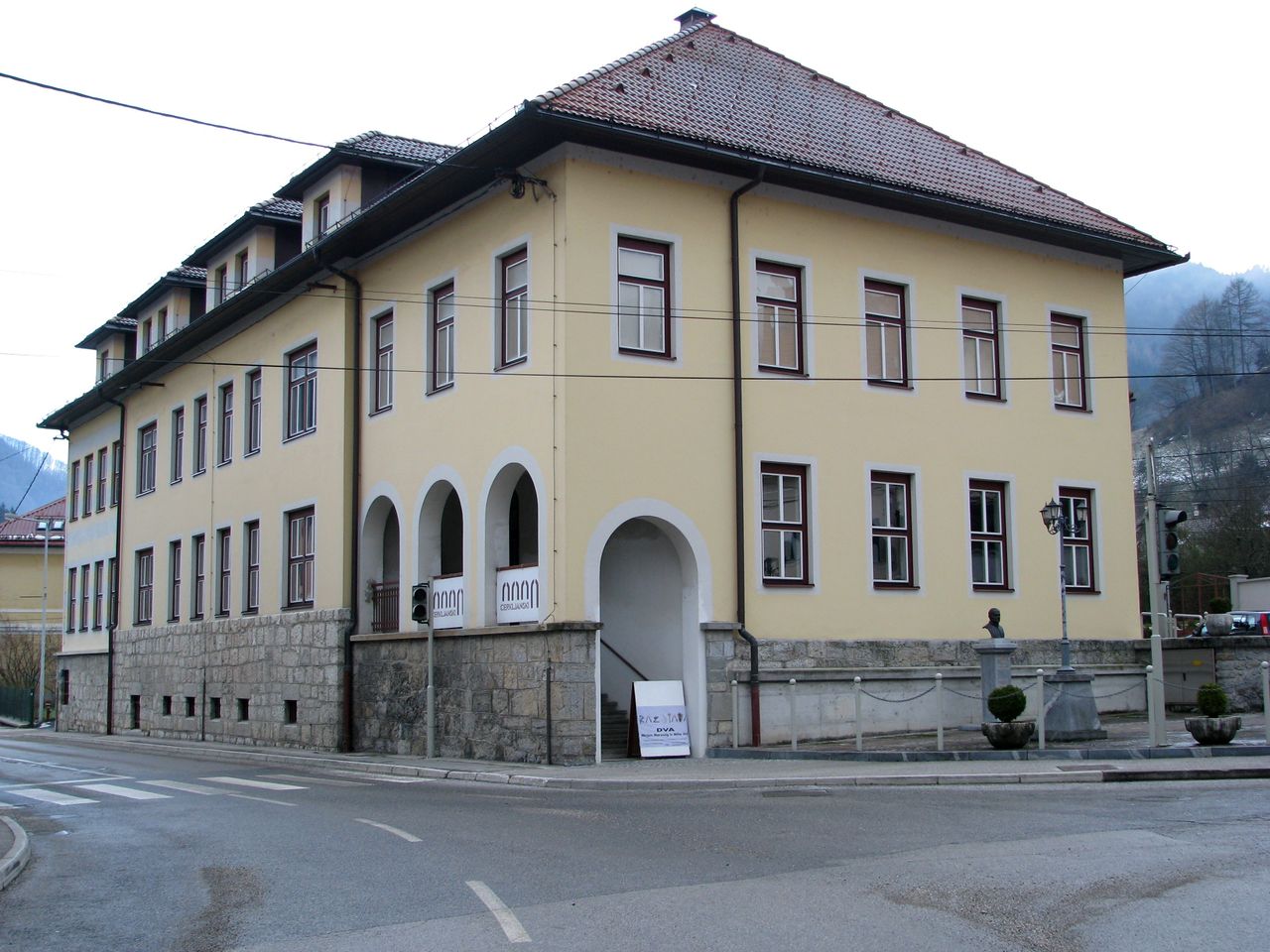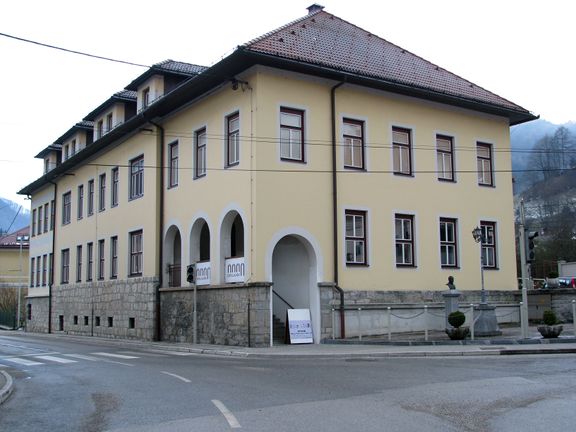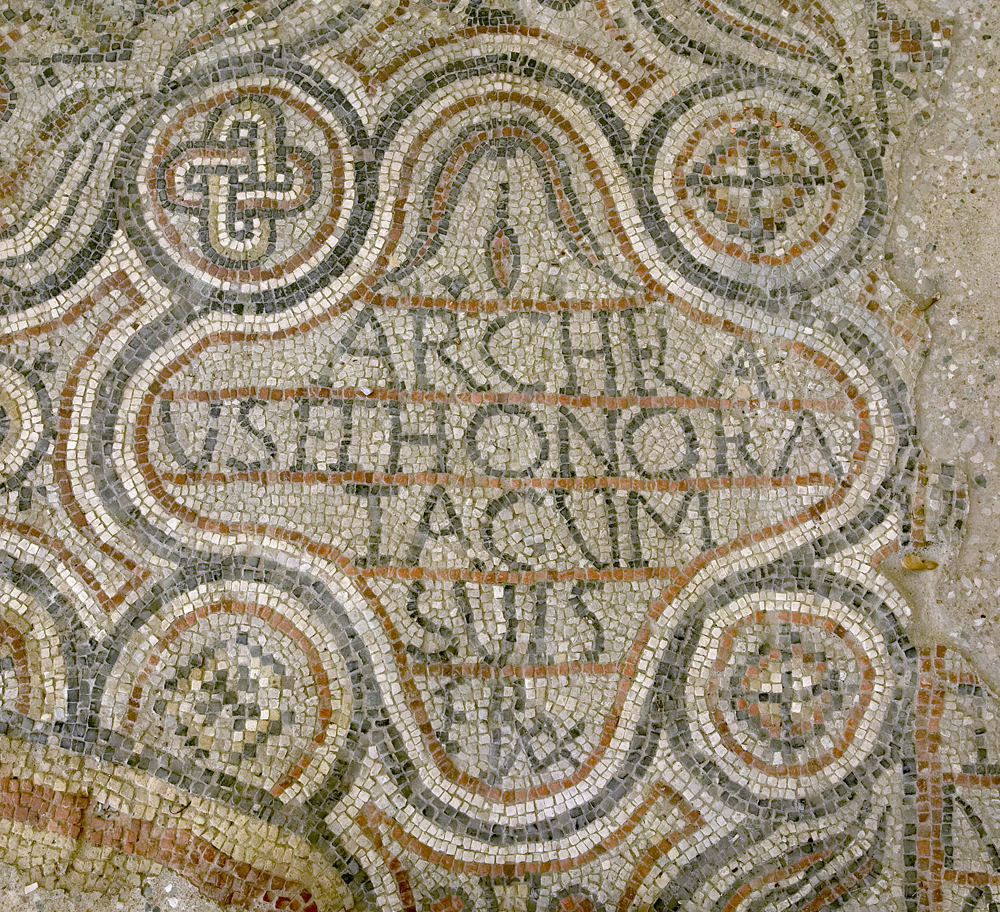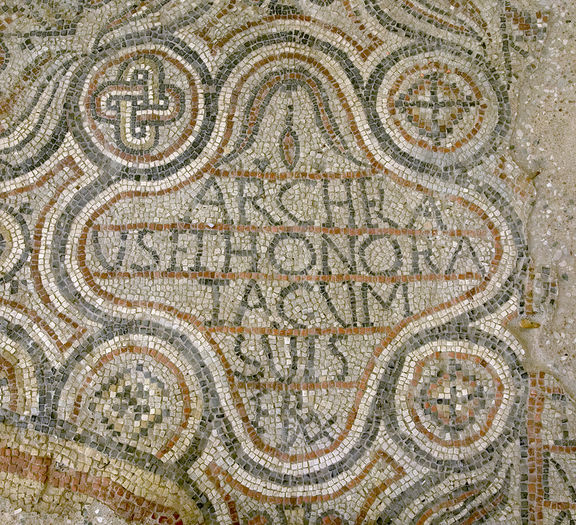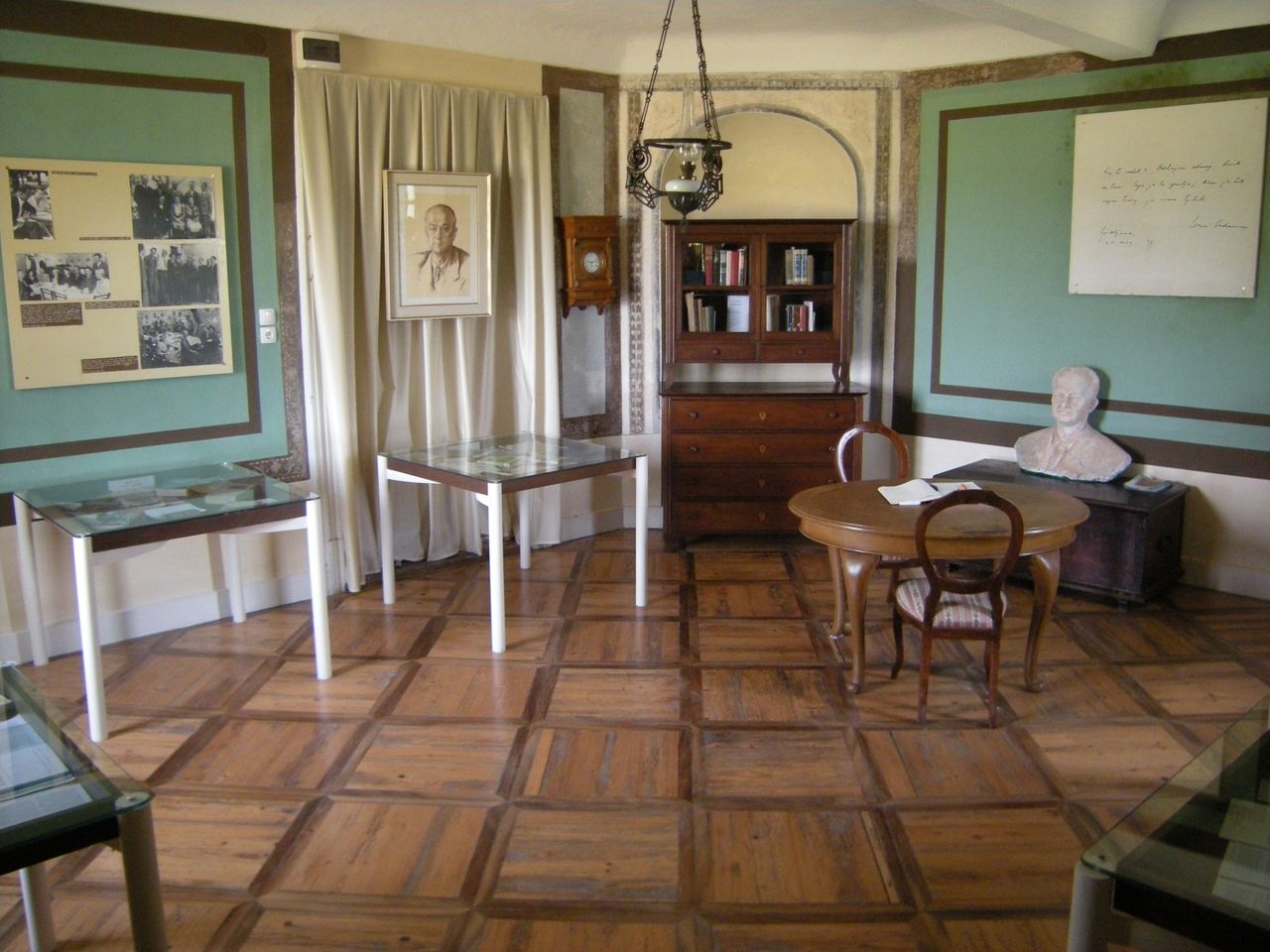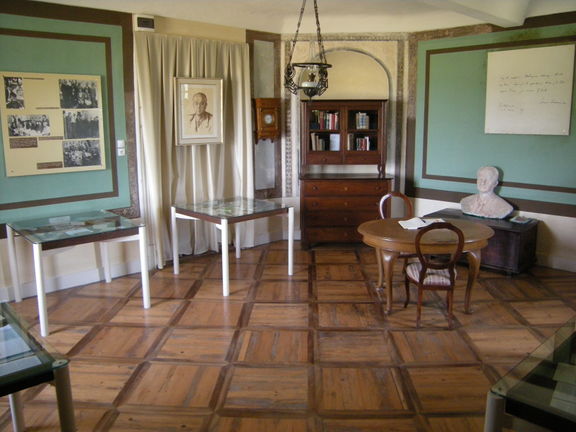Difference between revisions of "Culture.si:Featured"
(Culture.si feature-bot!) |
(Culture.si feature-bot!) |
||
| Line 1: | Line 1: | ||
__NOTOC__ | __NOTOC__ | ||
== Architecture == | == Architecture == | ||
| − | {{Featured article horizontal| | + | {{Featured article horizontal|Snežnik Castle Museum}} |
== Dance == | == Dance == | ||
{{Featured article horizontal|Plesna izba - Maribor Dance Room}} | {{Featured article horizontal|Plesna izba - Maribor Dance Room}} | ||
== Design == | == Design == | ||
| − | {{Featured article horizontal| | + | {{Featured article horizontal|Pekinpah Association}} |
== Film == | == Film == | ||
| − | {{Featured article horizontal| | + | {{Featured article horizontal|Festival of Slovenian Film}} |
== Literature == | == Literature == | ||
| − | {{Featured article horizontal| | + | {{Featured article horizontal|Days of Poetry and Wine Festival}} |
== Music == | == Music == | ||
| − | {{Featured article horizontal| | + | {{Featured article horizontal|Maribor Festival}} |
== New media art == | == New media art == | ||
| − | {{Featured article horizontal| | + | {{Featured article horizontal|Ljudmila - Ljubljana Digital Media Lab}} |
== Theatre == | == Theatre == | ||
| − | {{Featured article horizontal| | + | {{Featured article horizontal|Španski borci Culture Centre}} |
== Visual arts == | == Visual arts == | ||
| − | {{Featured article horizontal| | + | {{Featured article horizontal|Simulaker Gallery}} |
== Intangible heritage == | == Intangible heritage == | ||
{{Featured article horizontal|Cerkno Museum}} | {{Featured article horizontal|Cerkno Museum}} | ||
== Monuments and sites == | == Monuments and sites == | ||
| − | {{Featured article horizontal| | + | {{Featured article horizontal|Roman Emona}} |
== Museums == | == Museums == | ||
| − | {{Featured article horizontal| | + | {{Featured article horizontal|Louis Adamič Memorial Room}} |
Revision as of 19:35, 3 September 2011
Architecture
Dance
Plesna izba - Maribor Dance Room
NOT ROBOT, NEEDSUPDATE, NOVERIFY, NODEPO, Articles maintained by Katja Kosi, PHOTO, Article, Dance, Groups, Dance groups, Theatre & Dance, Producers, NIFERTIK, Education, Course organisers, Maribor, European Capital of Culture 2012, Courses and workshops, Education and research, WRITING, INFOBOX, TOPROOFREAD, HAS LOGO, EU funding of Slovene organisations (Culture and MEDIA Programmes), EU Culture funding recipient, Updated 2017, HAS MAP, Venues, Event organisers, Festival organisers, Workshop organisers, Dance producers, Contemporary dance, Dance education, Dance event organisers, Dance course organisers, Dance workshop organisers, Dance venues, Dance course and workshop organisers, Dance education and research, Dance festival and event organisers, Dance festival organisers
Design
Pekinpah Association
NOT ROBOT, NEEDSUPDATE, NOVERIFY, NODEPO, PHOTO, Article, Dance, Theatre & Dance, Producers, NIFERTIK, Articles maintained by Anže Zorman, Music, WRITING, INFOBOX, TOPROOFREAD, HAS LOGO, EU funding of Slovene organisations (Culture and MEDIA Programmes), EU Culture funding recipient, Updated 2017, Exhibition organisers, Publishers, Architecture & Design, Event organisers, Design, Research, Design exhibition organisers, Design publishers, Design exhibition and event organisers, Education and Research, Dance producers, Design education and research, Contemporary dance, Design event organisers, Music publishers, Design research
Film
Literature
Music
New media art
Theatre
Španski borci Culture Centre
NOT ROBOT, WRITING DONE, NEEDSUPDATE, NOVERIFY, NODEPO, PHOTO, Article, Dance, Theatre & Dance, Theatre, NIFERTIK, Music, INFOBOX, TOPROOFREAD, HAS LOGO, HAS MAP, Public entities, Visual arts, Venues, Literature venues, Literature, Visual arts venues, Articles maintained by Tonko Sekulo, Music venues, Theatre venues, COVER, Cultural centres, Contemporary dance, Dance venues
Visual arts
Simulaker Gallery
NOT ROBOT, WRITING DONE, NEEDSUPDATE, NOVERIFY, NODEPO, Article, NIFERTIK, Maribor, European Capital of Culture 2012, INFOBOX, TOPROOFREAD, HAS LOGO, New media art, NO PHOTO, HAS MAP, Visual arts galleries, Visual arts, Galleries, Venues, Articles maintained by Simon Smole, New media art venues, Photography exhibition organisers



